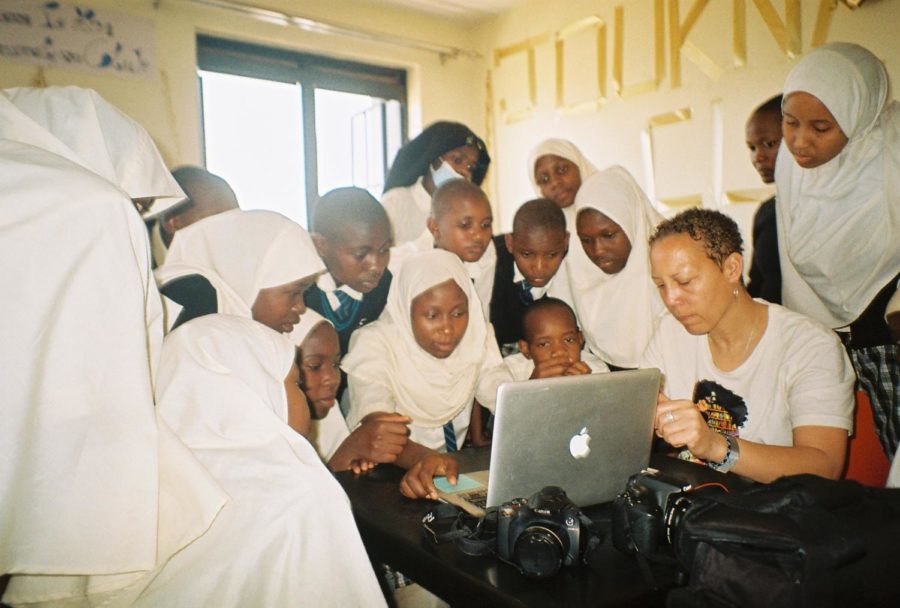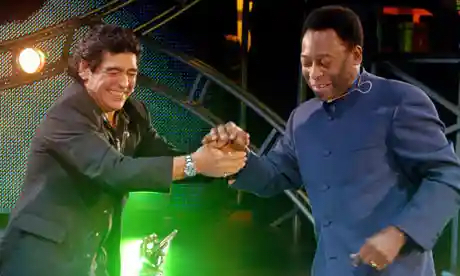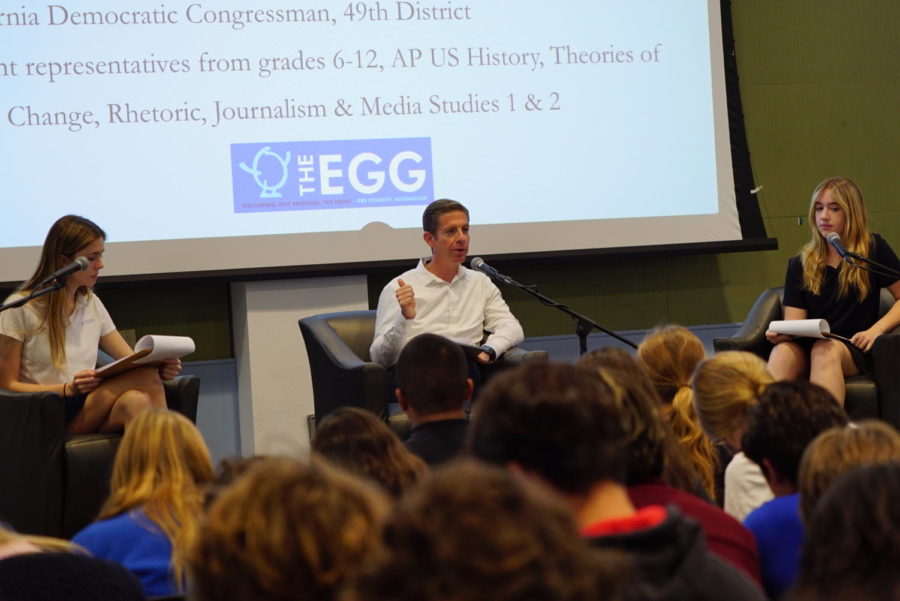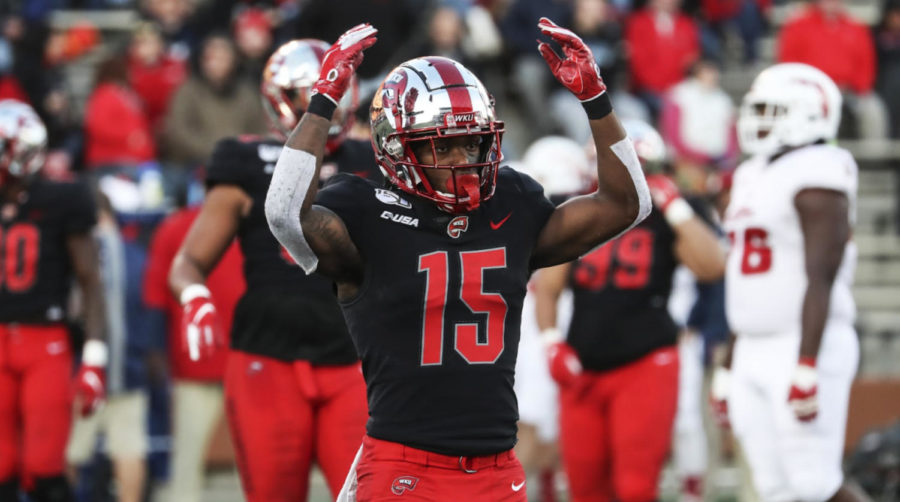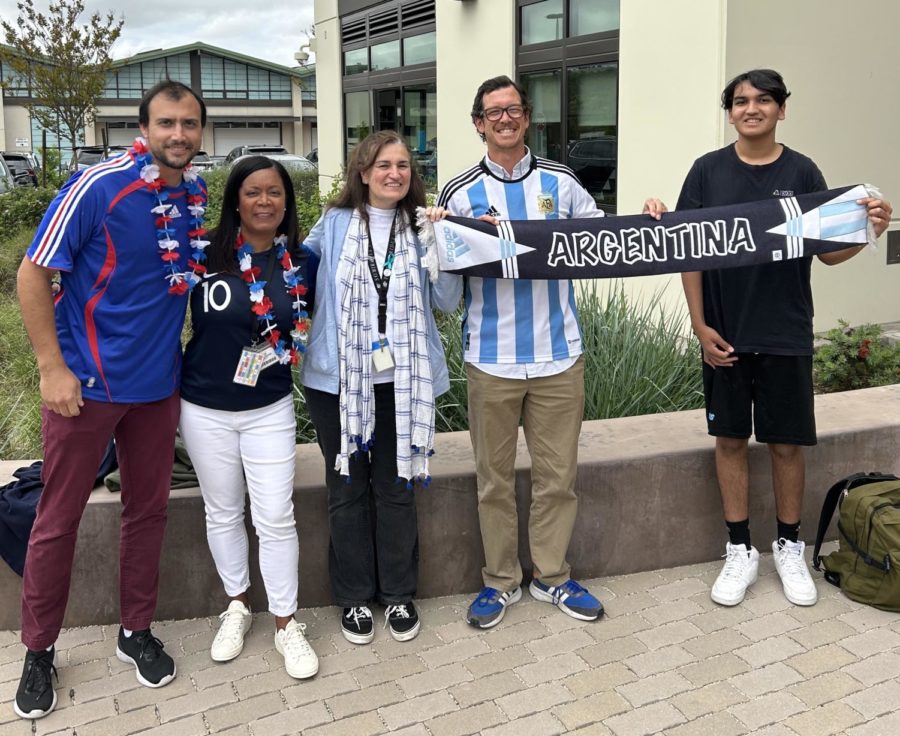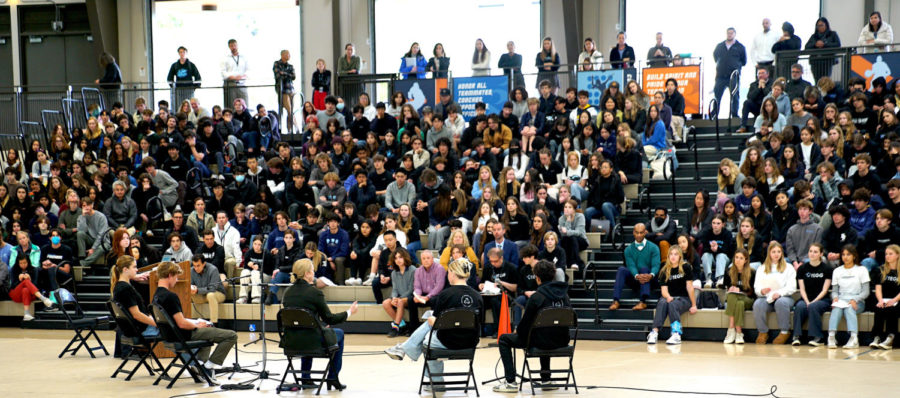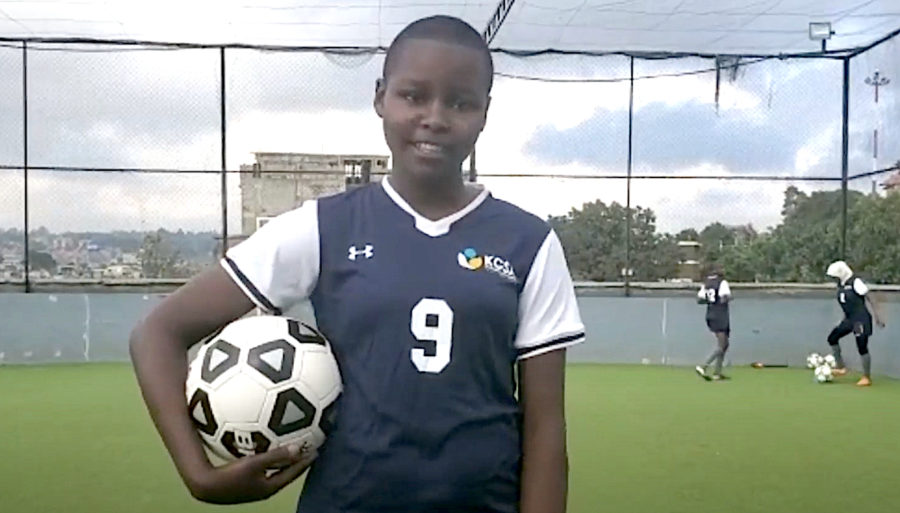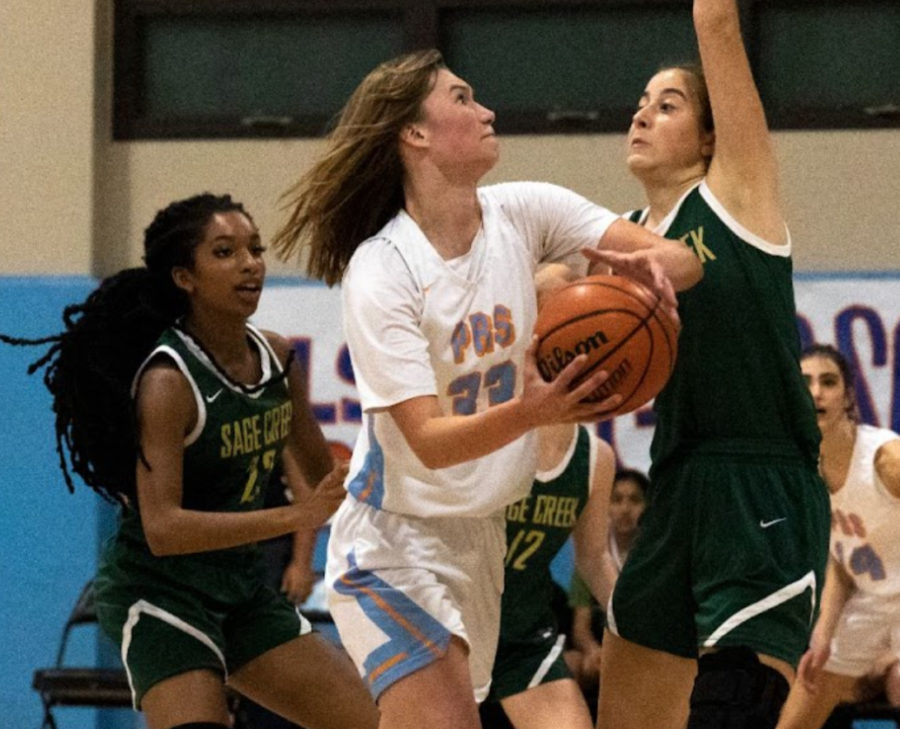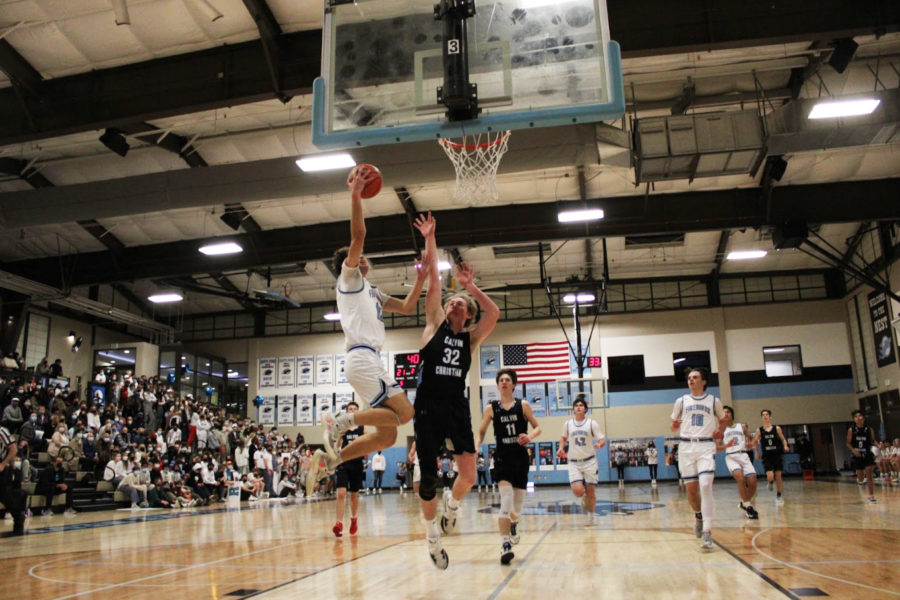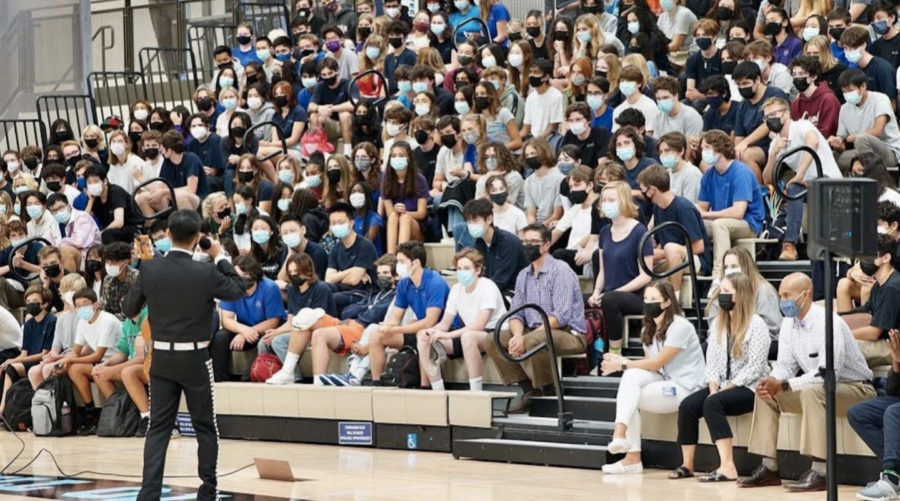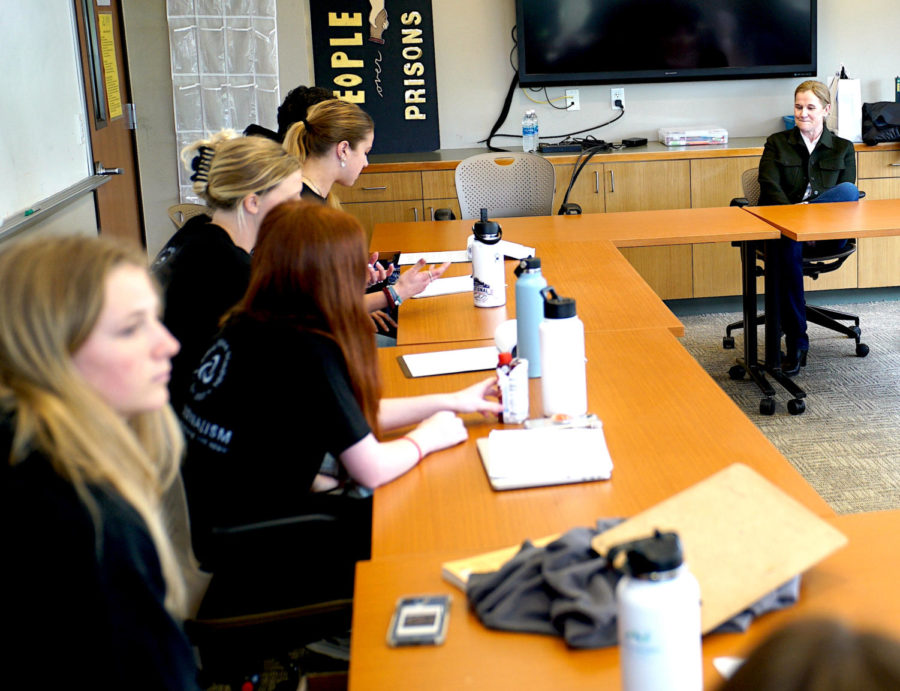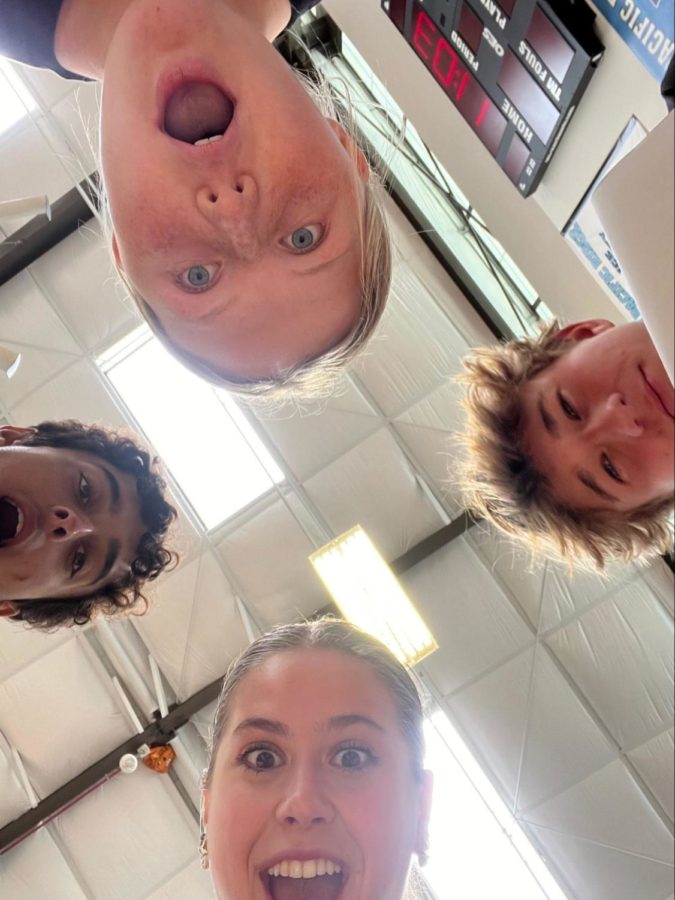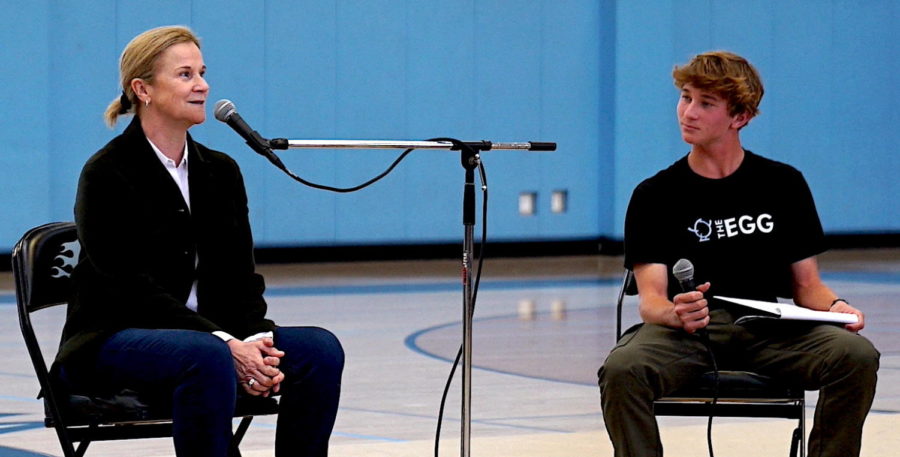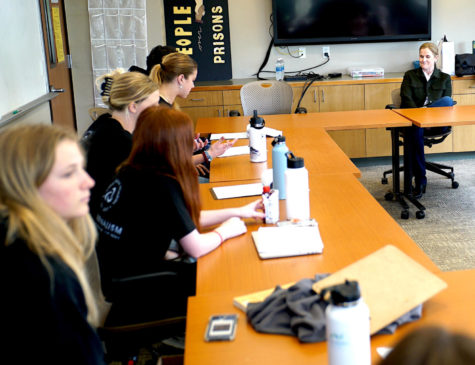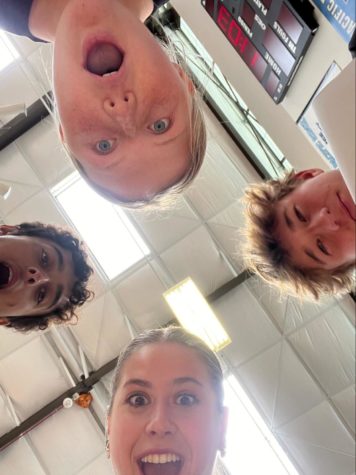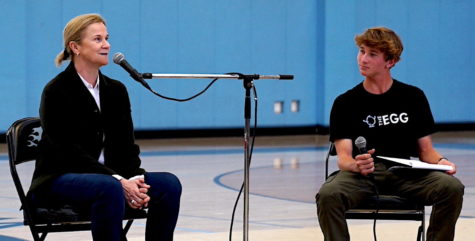Ethnic Studies for PRS? (POV Zhang)
In “The Story of My Story” series, PRS student journalists share the experiences they have, and the lessons they learn, while creating the stories they publish.
Traditional mooncakes to eat during the Mid-Autumn Festival.
As mid-autumn approaches I venture down the Asian grocery aisles, searching for a certain red tin with peony cutouts blossoming all over. A traditional Chinese snack sits carefully inside its plastic wrapper, with a flavor that tastes hearty and nostalgic. My tastes unchanged after six years, of course I buy the mooncakes with double yolks. In California, yolk or no yolk costs about the same: twenty dollars. Twenty dollars’ worth of souvenirs from my childhood, from back when I shared mooncakes during family reunions and proudly celebrated my heritage.
Since my family immigrated to the United States when I was in sixth grade, I’ve been detached from all my friends and relatives. Before I knew it, it was only my father, mother and I squeezed into a tiny condo, within paper-thin walls that separated us from the neighbors and the scenery outside, which seemed as foreign as the bottom of the sea. I knew little English and was at the awkward cusp of adolescence. Language barriers declared my difference from my classmates. During lunchtime, the Chinese food I carefully handled was often regarded as “greasy” or just plain “ew.” Even during the Mid-Autumn Festival, mooncakes that carry years of historical significance and homesick sentiment were labeled “hockey pucks.”
Those careless words made me want to hide in a hole. I failed to dig a hole, but instead ate alone in the bathroom. There I was forced to confront the mirror, which ruthlessly exposed my anxious, lonely self: black hair, brown eyes, monolids. The more I examined my facial features, the more frustrated I was by the lack of respect. The resentment I felt back then soon fueled a motivation to educate and to distribute ethnic cuisines in a way that the local community would readily accept.
With that goal in mind, I begin to research. When I read about the plan to add Ethnic Studies as a mandatory course in all California public schools, my eyes lit up full of hope for future generations. Students may learn and respect their classmates’ origins, thereby promoting representations of diversity in education. My excitement soon turned into curiosity and probing. I perused a number of articles from different sources such as The New York Times on the content and impact of an Ethnic Studies curriculum, including the model textbook itself. I found the aim of the curriculum is a creative attempt to promote public interest in minority and diverse cultures.
However, when interviewing the PRS History Department, I discovered the melancholy truth that last year a proposed Ethnic Studies class was not successfully adopted into our school due to a shortage of student sign-ups. For that reason, I proposed a journalism article to explain what an Ethnic Studies class would be, and why it’s important, hoping for more student sign-ups in the future. Working on this article, I discovered that my culture is something to be proud of, here too in the US, and that I am capable of embracing the challenges that come along with that pride.
To read Vivian Zhang’s original story about Ethnic Studies for California high schools, click here.
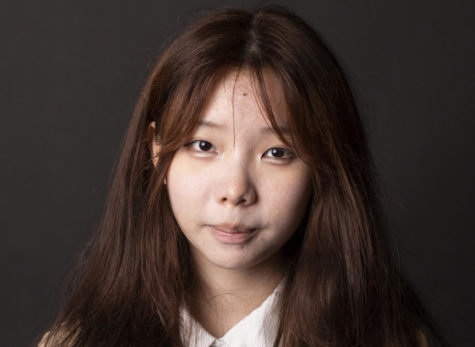
Vivian Zhang is a senior at Pacific Ridge School and a rising freshman at UC Berkeley. As an aspiring Media Studies major, she finds entertainment and...


